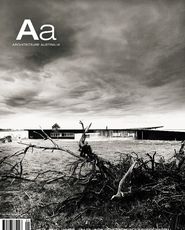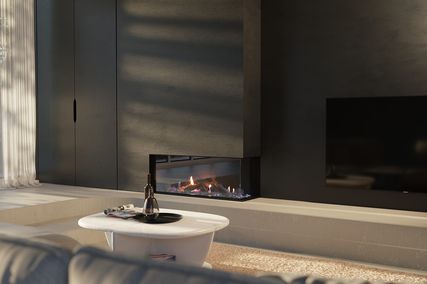ONE HUNDRED YEARS OF ARCHITECTURE IN AUSTRALIA
FLICKING BACK THROUGH one hundred years of Institute journals gives an extraordinary sense of both the familiar and the foreign. The past is strange territory, yet the pages of these magazines also reveal concerns, paradigms and commitments that are remarkable for their consistency, even as their articulation differs: the emphasis on photography; the importance of advertising; ongoing discussions – implicit and explicit – about what it is to build here.
Since January 1904, this sequence – The Journal of the Institute of Architects of NSW, Art and Architecture, The Salon, Architecture, Architecture in Australia, and now Architecture Australia– has recorded and interpreted Australian architecture. Speculating about what Australian architecture is, the journal has played a fundamental role in building this country’s architectural cultures and in disseminating them both locally and internationally.
These magazines have constructed an audience for Australian architecture and discourse; simultaneously they index one hundred years of the country’s architecture. The editorial content, the advertisements and the images reflect the concerns of particular periods, the interests and values of various editors and contributors, the state of the profession, and the discipline and its role in the wider world over the twentieth century.
Over time, certain ways of looking at, and thinking about, Australian architecture have been established.
Modes of photography and drawing, along with layouts and typography, add up to developing visual economies.
These say as much about understandings of architecture as words do.
The history of Architecture Australia and its predecessors also aligns neatly with the period in which architecture became intimately entwined with the media, particularly print. As historian Beatriz Colomina argues, the story of architecture and modernity is the story of the discipline’s knowing engagement with the media. And in the contemporary context of proliferating media forms, print – journals, books, magazines – is still the most important for architecture. Colomina draws her conclusions from the study of the European Modernist avant garde, but in this part of the world publication was, and continues to be, particularly vital.
In an apparently faraway place, the early Institute publications played a key role in mitigating distance. They included a significant amount of reportage about what was happening outside Australia and outside architecture.
Keeping readers informed about what was going on elsewhere, they continued to speculate about what Australian architecture was and what it might become. More recent volumes of Architecture Australia are devoted to overtly Australian content, and to articulating the complexities within architecture. Architectural culture is more confident now, but the question “what is Australian architecture?” is still significant. Its value lies not in any specific answer, but in the way that it encourages us to think about what we do.
Australia has diverse architectures, reflecting varied climates, geographies, client groups and intellectual commitments. There is no cultural consensus and architecture doesn’t serve every cultural group equally; however Australian architecture still indexes these multiplying differences. Architecture Australia engages with these various architectures.We are no closer to defining a singular Australian architecture now than we were in January 1904, but the commitment to discussing what we do is as important now as it was then.
One hundred years of architecture in Australia is a cause for great celebration, and an opportunity to reflect on where we have been and to consider where we might go. Architecture Australia will do this in 2004. A series of essays will consider the magazine’s history, while the publication of new work will continue to chart the contemporary scene. In reflecting on both the past and the present, we will find new ways forward.
JUSTINE CLARK















